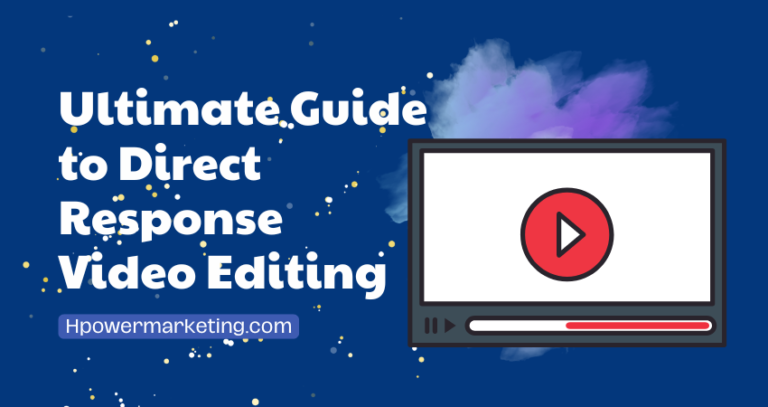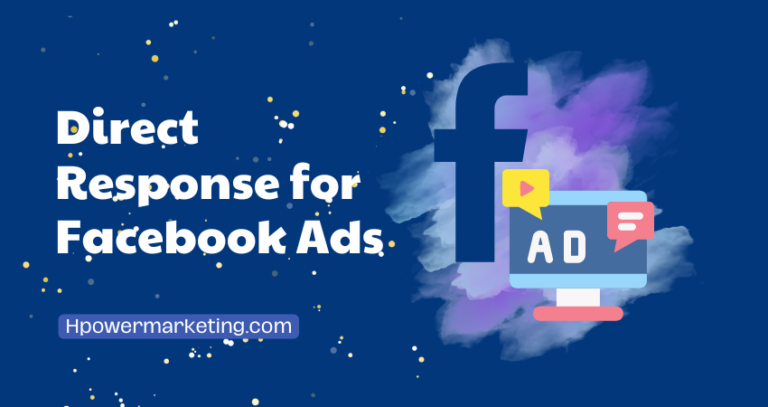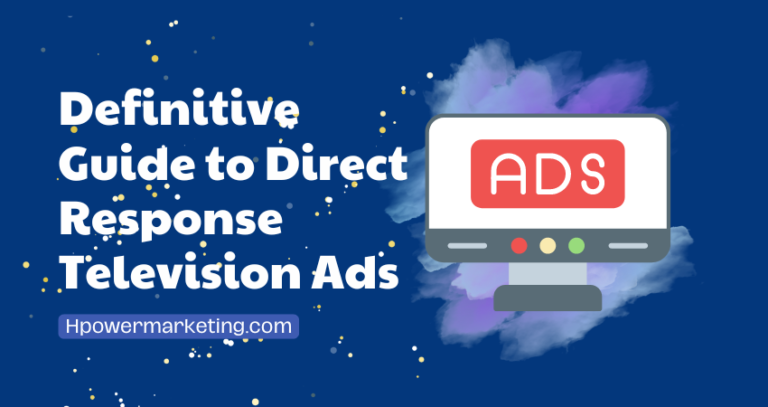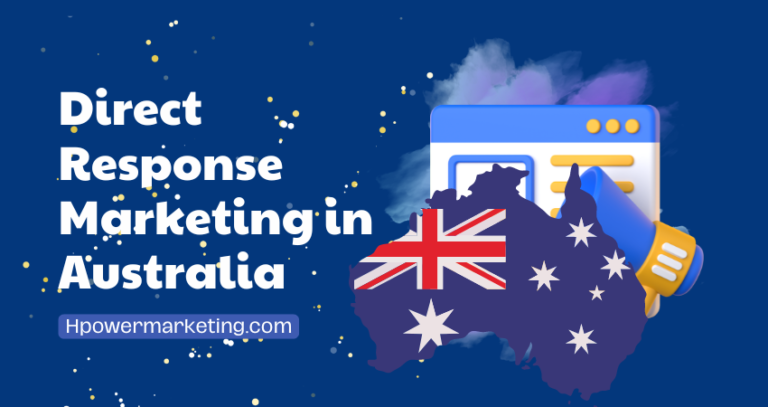Beginners Guide to Direct Response Radio Advertising Strategies for Effective Radio Ads
Direct response radio advertising has emerged as a helpful and efficient tool for marketers seeking immediate engagement with their target audience.
This guide aims to equip beginners with essential strategies and insights to create effective radio ads that resonate. Understanding the fundamentals of direct response can significantly enhance any marketing campaign’s success.
Direct Response Radio Advertising
What is Direct Response Radio Advertising?
Direct response radio advertising is a dynamic form of advertising specifically designed to elicit an immediate action from listeners. By utilizing compelling messages in radio spots, advertisers can effectively prompt the target audience to respond, whether by visiting a website, calling a number, or engaging with a product or service. This method contrasts with traditional advertising, which often focuses on brand awareness without a clear call to action.
The Benefits of Direct Response Radio Ads
There are numerous benefits associated with direct response radio ads. They offer advertisers a unique opportunity to achieve measurable results through immediate responses, enhancing the overall performance marketing strategy. With the right call to action, such as “contact us,” advertisers can optimize their campaigns to achieve higher conversion rates. Additionally, the ability to tailor messages to specific target audiences allows for greater engagement and response rates.
Key Components of a Direct Response Radio Commercial
Successful direct response radio commercials comprise several key components that work together to drive listener action. A clear and compelling message is crucial, along with a strong call to action that encourages the audience to respond immediately. Advertisers must also consider the timing and placement of their radio ads on specific radio stations to maximize impact and reach their intended audience effectively.
How Direct Response Differs from Traditional Advertising

The primary distinction between direct response and traditional advertising lies in the objective. While traditional advertising aims to build brand awareness over time, direct response advertising focuses on generating immediate responses from consumers. This difference necessitates a more targeted approach to messaging and the use of specific metrics, such as response rate and cost per conversion, to evaluate the effectiveness of radio campaigns.
The Role of an Advertising Agency in Direct Response Campaigns
An advertising agency specializing in direct response can significantly enhance the success of a radio campaign. These agencies leverage their expertise in crafting compelling radio advertisements tailored to the target audience. They provide vital insights into market research, message optimization, and strategic media placement, ensuring that marketers can effectively reach potential customers through radio media.
Measuring Success in Direct Response Radio Campaigns
Measuring the success of direct response radio campaigns is essential for refining strategies and maximizing return on investment. Key performance indicators include response rates, conversion rates, and the overall effectiveness of the call to action. By analyzing these metrics, advertisers can determine which elements of their direct response radio commercials are working and where adjustments are necessary to improve future marketing campaigns.
Creating Effective Direct Response Radio Ads

Crafting Compelling Radio Spots
Crafting compelling radio spots is a fundamental aspect of successful direct response radio advertising. Advertisers must develop engaging messages that not only capture attention but also resonate with the target audience. A well-structured radio ad should incorporate a clear call to action, urging listeners to take immediate action, such as “contact us.” The effectiveness of these radio spots often hinges on emotional appeal and urgency, compelling the audience to respond promptly to the advertisement.
The Direct Response Radio Commercial Structure
The structure of a direct response radio commercial is crucial for optimizing listener engagement. Typically, a successful direct response radio commercial should begin with a captivating hook that grabs attention, followed by a concise message outlining the benefits of a product or service. This is complemented by a strong call to action, which encourages listeners to act immediately. By following this structured approach, advertisers can enhance their radio campaign’s effectiveness and drive higher conversion rates.
Optimizing Your Direct Response Radio Commercial
To optimize your direct response radio commercial, it’s important to analyze various components such as message clarity, tone, and pacing. Advertisers should test different variations of their radio ads to identify which elements lead to the highest response rates. Leveraging feedback and performance metrics can guide adjustments that enhance overall effectiveness. By continuously refining the advertisement’s message and delivery, marketers can significantly improve their direct response advertising results.
Strategies for Engaging Your Audience
Engaging your audience is paramount in direct response radio advertising. Marketers should employ strategies that resonate with the target audience’s interests and needs. This can include storytelling techniques that create a connection or using humor to make the advertisement memorable. Additionally, incorporating enticing offers or limited-time promotions can further motivate listeners to respond. Effective engagement strategies not only enhance the impact of the radio advertisement but also encourage ongoing interaction with the brand.
Choosing the Right Radio Station for Your Direct Response Campaigns
Choosing the right radio station is critical for the success of your direct response campaigns. Advertisers must consider factors such as the station’s target demographic, listener habits, and overall reach. By aligning the radio station’s audience with the target audience of the marketing campaign, marketers can maximize the effectiveness of their advertisements. A strategic selection of radio stations can significantly enhance response rates and ensure that the message reaches the intended listeners effectively.
Performance Marketing in Direct Response Radio

Defining Performance Marketing in the Context of Radio Ads
Performance marketing in direct response radio advertising refers to strategies focused on measurable outcomes, where advertisers pay based on the results generated by their campaigns. This form of advertising emphasizes conversions, such as leads or sales, driven by radio spots. By utilizing a robust call to action, marketers can directly link ad spend to performance metrics, enhancing overall campaign effectiveness.
Leveraging Data to Improve Direct Response Campaigns
Leveraging data is crucial for optimizing direct response campaigns in the realm of radio advertising. Advertisers can analyze listener demographics, response rates, and conversion metrics to tailor their messages effectively. By employing advanced analytics tools, marketers can identify which radio stations yield the highest engagement, allowing them to refine their targeting and enhance the performance marketing aspect of their strategies.
Case Studies: Successful Direct Response Radio Campaigns
Examining case studies of successful direct response radio campaigns provides valuable insights into effective strategies. For instance, a well-known health supplement brand implemented a targeted radio ad campaign that led to a significant increase in response rates. By crafting compelling messages and integrating a strong call to action, such as “call now,” they achieved impressive conversion rates, showcasing the potential of direct response radio advertising.
Future Trends in Direct Response Radio Advertising
Emerging Technologies and Their Impact on Radio Advertising
Emerging technologies are poised to revolutionize direct response radio advertising. Innovations such as programmatic buying and data-driven targeting enhance the ability of advertisers to reach specific audiences more effectively. These technologies enable real-time adjustments to campaigns, ensuring that radio ads resonate with listeners and encourage immediate responses, thus further solidifying the role of performance marketing in the industry.
Integrating Direct Response with Digital Marketing Strategies
Integrating direct response radio ads with digital marketing strategies can amplify overall campaign success. By creating hybrid media services that combine radio spots with online advertising, marketers can engage audiences across multiple platforms. This cross-channel approach not only increases brand visibility but also enhances the likelihood of conversions, as consumers are more likely to respond when exposed to consistent messages across various media.
Predictions for the Future of Direct Response Radio Ads
Looking ahead, the future of direct response radio ads appears promising, with continued advancements in technology and data analytics. We can expect to see a greater emphasis on personalization, where advertisers use insights to create tailored messages that drive listener engagement. Furthermore, as radio media continues to evolve, innovative formats and interactive features are likely to emerge, enhancing the effectiveness of direct response campaigns and solidifying their place in performance marketing strategies.







